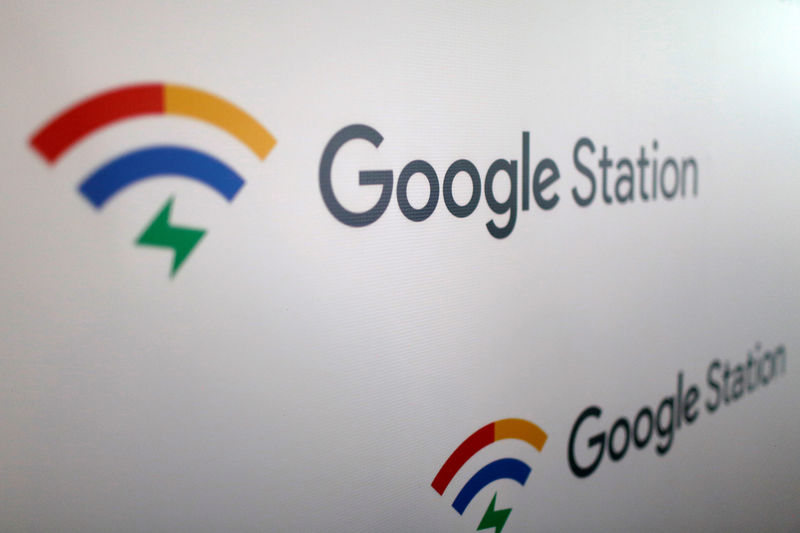© Reuters.
Digital payment platforms in India are increasingly looking to monetize their services, and Google (NASDAQ:) Pay is the latest to join this trend. As part of its new revenue strategy, Google Pay has started imposing convenience fees on mobile recharges via its Unified Payments Interface (NASDAQ:) (UPI) service. This change was not announced formally but was detected by users and later confirmed through updates to the service’s Terms of Service.
The fee structure is designed to be incremental, with no charges for recharges up to ₹100. A fee of ₹1 is levied for amounts between ₹101 to ₹200, ₹2 for ₹201 to ₹300, and a fixed cap of ₹3 for any amount beyond that. This tiered approach aims to maintain user-friendliness and ensure business sustainability. The new fee policy came into effect following a quiet update to the Terms of Service on November 10, 2023.
The National Payments Corporation of India (NPCI) statistics as of October 2023 show that Google Pay holds a significant portion of the UPI market at 36%, trailing behind PhonePe at 46%, with Paytm holding around 13%. The dominance of these platforms in the UPI market by both volume and value was also highlighted in a report by the Centre for Advanced Financial Research and Learning (CAFRAL) for the financial year ending March 2023.
This move by Google Pay reflects a broader industry-wide shift where various online services have begun charging fees for additional conveniences like food delivery and movie ticket bookings. The selective application of fees by Google Pay indicates a careful approach to monetization, likely aimed at gauging customer response before implementing widespread changes across its platform.
This article was generated with the support of AI and reviewed by an editor. For more information see our T&C.
Read the full article here

